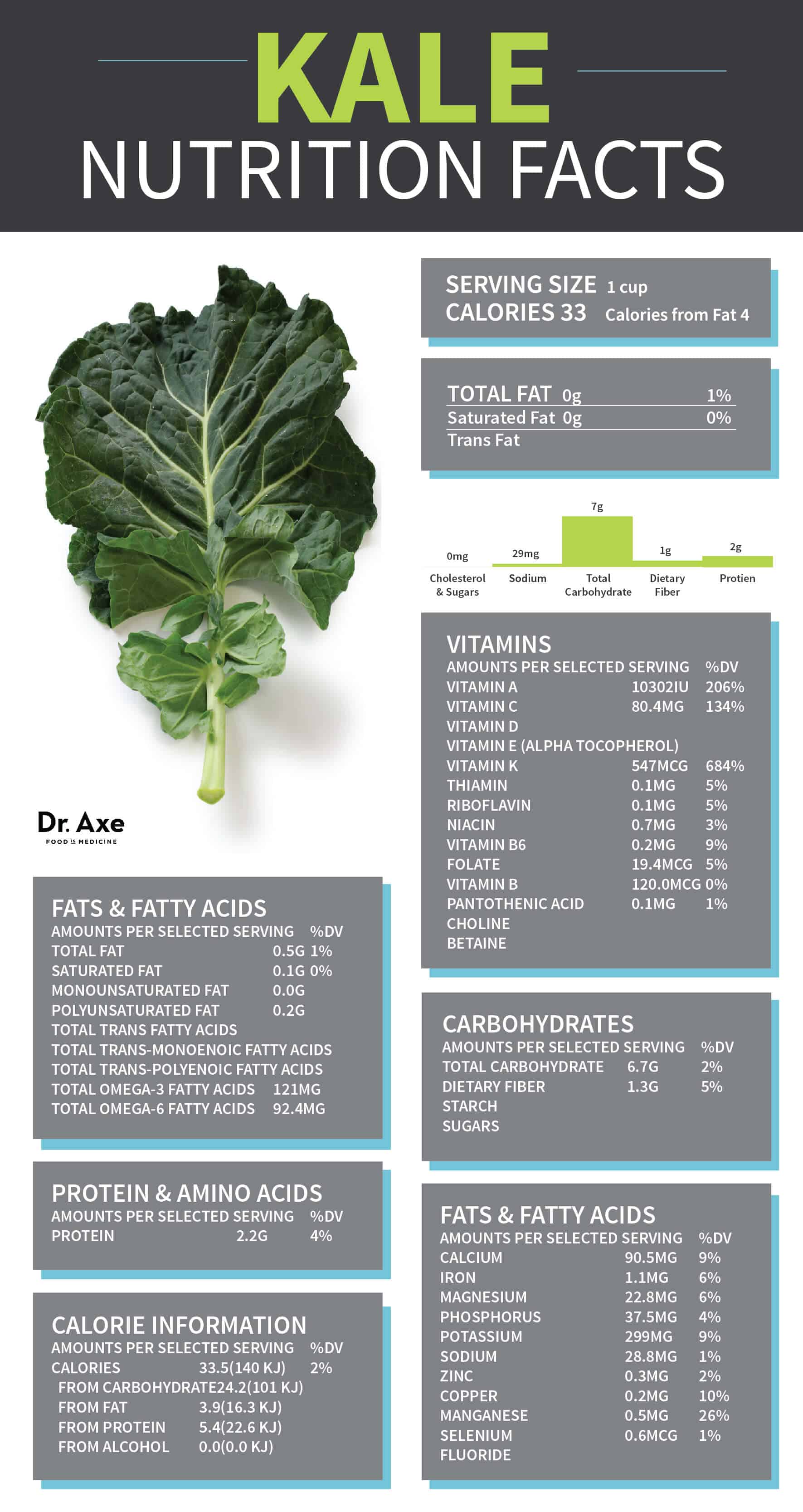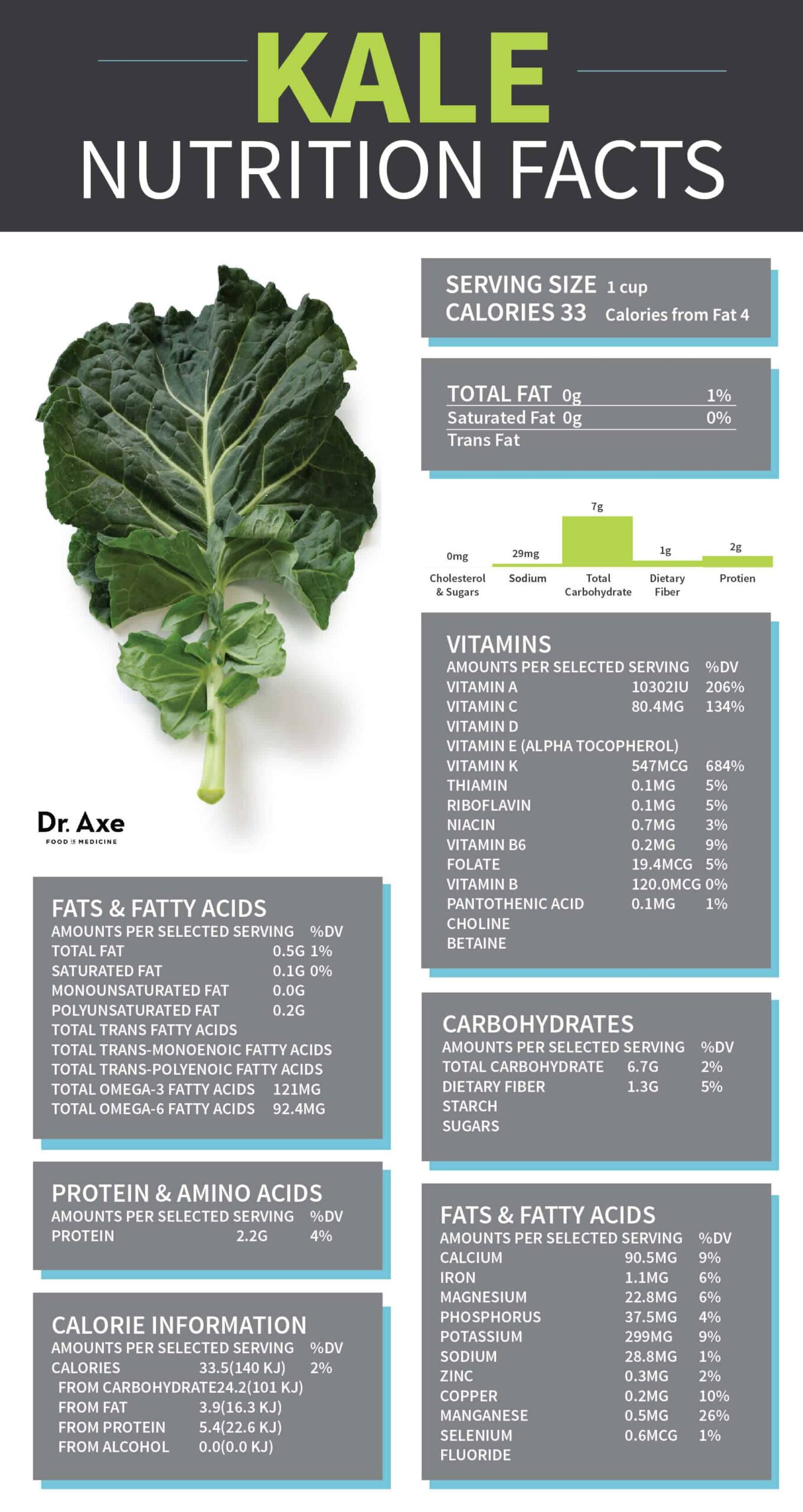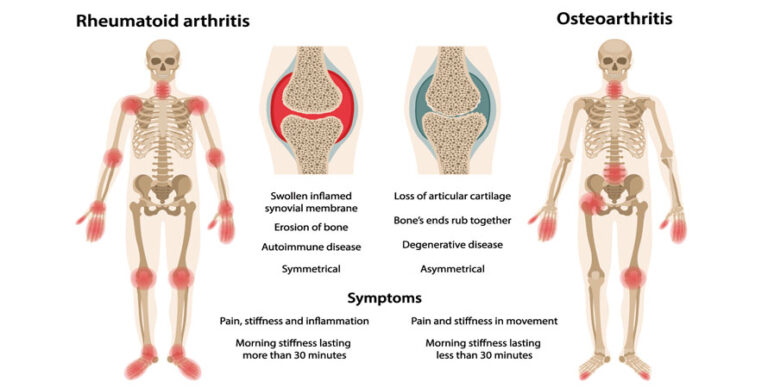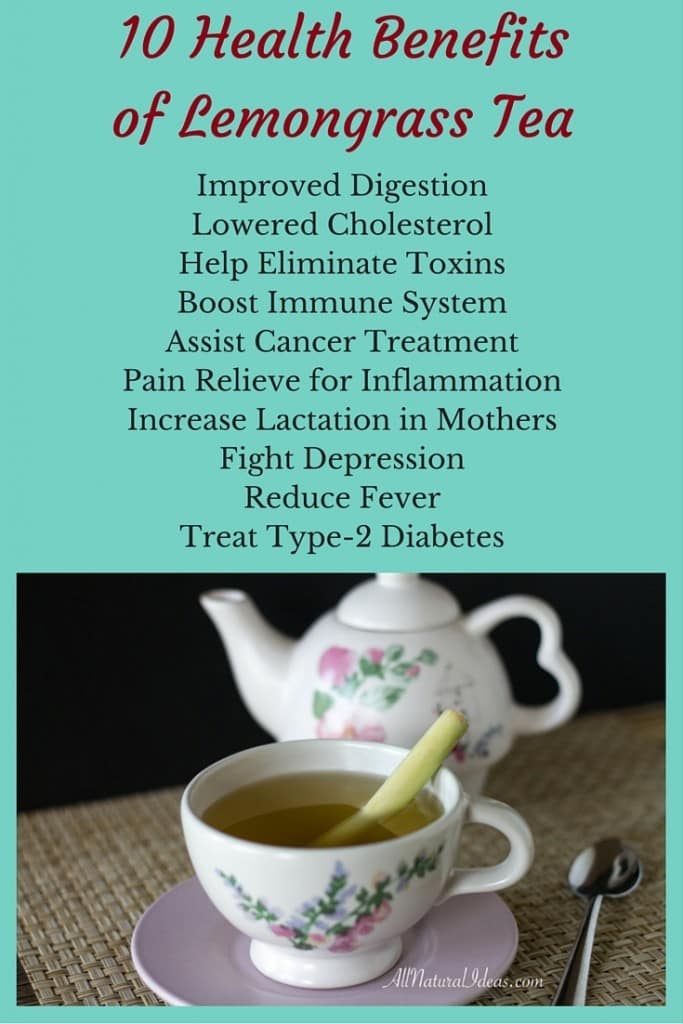Kale’s Nutritional Epic: Unveiling the Microcosm of a Superfood
In the annals of culinary history, few vegetables have undergone a transformation as dramatic as kale. Once relegated to the periphery, a humble garnish gracing salad bars, it has ascended to the throne of superfoods, celebrated and revered for its extraordinary nutritional density. This isn’t merely a marketing phenomenon; it’s a testament to a biological marvel, a leafy green that packs an astonishing array of vitamins, minerals, and potent phytochemicals into every fibrous bite. For the discerning palate and the inquiring mind, understanding kale is like deciphering a complex, ancient scroll, each nutrient a glyph revealing secrets to vitality, resilience, and profound well-being.
This is the story of kale, not just as a vegetable, but as a living pharmacy, a meticulously crafted biological system designed to nourish and protect. We will embark on a detailed expedition into its cellular structure, dissecting its nutritional breakdown to uncover every vitamin and mineral it generously offers. Our journey will reveal not only what kale contains but why these components are so vital, how they interact, and why this verdant leafy green truly stands as a titan in the nutritional landscape. Prepare to delve beyond the surface and discover the intricate symphony of health orchestrated within a single serving of kale.
The Foundation: Macronutrients as the Stage
Before we plunge into the intricate world of micronutrients, it’s essential to acknowledge the sturdy stage upon which these smaller actors perform: kale’s macronutrient profile. Though often overshadowed by its vitamin and mineral prowess, these foundational elements provide the structure and energy necessary for overall health.
Fiber: The Gut’s Unsung Hero
Kale is an exceptional source of dietary fiber, a blend of both soluble and insoluble types. Insoluble fiber acts as a natural broom, sweeping through the digestive tract, adding bulk to stool, and promoting regularity. This mechanical action is crucial for preventing constipation and supporting a healthy colon environment. Solutable fiber, on the other hand, dissolves in water to form a gel-like substance, which can help regulate blood sugar levels by slowing the absorption of glucose. It also acts as a prebiotic, feeding the beneficial bacteria in the gut microbiome. A thriving gut microbiome is the cornerstone of robust immune function, mood regulation, and even nutrient absorption, making kale’s fiber content a critical, systemic asset.
Protein: A Plant-Based Building Block
While not a primary protein source like legumes or meat, kale offers a respectable amount of plant-based protein, contributing to daily requirements, especially for those on vegetarian or vegan diets. Protein is fundamental for building and repairing tissues, synthesizing enzymes and hormones, and supporting immune function. The amino acids present in kale, though not a complete profile on their own, contribute to the body’s overall amino acid pool, complementing other dietary protein sources.
Carbohydrates: Fuel for Life
The carbohydrates in kale are predominantly complex, meaning they are digested slowly, providing a sustained release of energy without the sharp spikes in blood sugar associated with simple sugars. This makes kale an excellent choice for maintaining stable energy levels and supporting metabolic health. Its low glycemic index further underscores its role in blood sugar management.
Fats: The Invisible Omega-3s
Though minimal, kale contains a small amount of fat, notably alpha-linolenic acid (ALA), an omega-3 fatty acid. ALA is a precursor to EPA and DHA, essential for reducing inflammation, supporting brain health, and maintaining cardiovascular integrity. While not a primary source of omega-3s, its presence adds another layer to kale’s anti-inflammatory profile, working in concert with other compounds.
With the stage set by these foundational macronutrients, let us now pull back the curtain on the true stars of kale’s show: its unparalleled array of vitamins and minerals.
The Vitamin Odyssey: Kale’s Radiant Spectrum
Kale’s vibrant green hue is more than just aesthetically pleasing; it’s a visual cue to its extraordinary vitamin content, each one playing a crucial, often synergistic, role in maintaining the body’s delicate balance and formidable defenses.
Vitamin K: The Kingpin of Coagulation and Bone Health
If kale had a signature vitamin, it would undoubtedly be Vitamin K, particularly Vitamin K1 (phylloquinone). Kale is not just a good source; it is an exceptional source, often providing several times the daily recommended intake in a single serving.
- Blood Coagulation: Vitamin K’s most renowned role is its indispensable function in blood clotting. It is a vital cofactor for enzymes that activate specific proteins, including prothrombin and factors VII, IX, and X, which are essential for the coagulation cascade. Without adequate Vitamin K, the body’s ability to stop bleeding effectively would be severely compromised.
- Bone Health: Beyond its role in hemostasis, Vitamin K is a critical player in bone metabolism. It activates osteocalcin, a protein synthesized by osteoblasts (bone-forming cells), which helps bind calcium to the bone matrix, thereby strengthening bones and improving bone density. Emerging research also suggests Vitamin K’s role in regulating other bone proteins, contributing to overall skeletal integrity and potentially reducing the risk of fractures.
- Cardiovascular Health: A lesser-known but increasingly recognized benefit of Vitamin K is its contribution to cardiovascular health. It activates matrix Gla protein (MGP), which helps prevent the calcification of arteries and other soft tissues. Arterial calcification is a significant risk factor for atherosclerosis and heart disease, making kale’s abundant Vitamin K a powerful ally in maintaining arterial flexibility and health.
For the knowledgeable audience, it’s worth noting that while K1 is abundant in kale, the body also uses K2 (menaquinone) for bone and cardiovascular health. K1 can be converted to K2 to some extent by gut bacteria, further amplifying kale’s systemic impact. However, individuals on anticoagulant medications like warfarin must monitor their Vitamin K intake carefully, as it directly interferes with the drug’s mechanism of action.
Vitamin A (as Beta-Carotene): The Visionary and Protector
Kale’s deep green leaves are bursting with beta-carotene, a potent carotenoid and a precursor to Vitamin A (retinol). The body converts beta-carotene into Vitamin A as needed, ensuring a steady supply of this fat-soluble vitamin without the risk of toxicity associated with preformed Vitamin A.
- Vision: Vitamin A is fundamental for maintaining healthy vision, particularly in low light conditions. It’s a key component of rhodopsin, a light-sensitive pigment found in the retina of the eye. Adequate Vitamin A intake helps prevent night blindness and other vision impairments.
- Immune Function: Retinol is crucial for the proper functioning of the immune system. It supports the growth and differentiation of immune cells, including lymphocytes, and helps maintain the integrity of mucosal barriers (e.g., in the respiratory and gastrointestinal tracts), which are the body’s first line of defense against pathogens.
- Skin Health and Cell Growth: Vitamin A plays a vital role in cell growth and differentiation, making it essential for healthy skin, hair, and mucous membranes. It promotes the production of collagen and elastin, contributing to skin elasticity and repair.
- Antioxidant Power: As a carotenoid, beta-carotene itself acts as a powerful antioxidant, scavenging free radicals that can cause oxidative damage to cells and DNA. This protective action contributes to reducing the risk of chronic diseases, including certain cancers and cardiovascular conditions.
Beyond beta-carotene, kale also contains other beneficial carotenoids like lutein and zeaxanthin, which are particularly concentrated in the macula of the eye. These compounds act as natural filters against harmful blue light and further protect against age-related macular degeneration (AMD) and cataracts, reinforcing kale’s status as a guardian of ocular health.
Vitamin C: The Immune Architect and Collagen Builder
Kale is an excellent source of Vitamin C (ascorbic acid), a water-soluble vitamin renowned for its multifaceted roles in health and vitality.
- Potent Antioxidant: Vitamin C is a formidable antioxidant, capable of neutralizing free radicals throughout the body. This protective action helps reduce oxidative stress, inflammation, and cellular damage, which are underlying factors in aging and chronic disease development.
- Immune System Support: Perhaps its most celebrated role, Vitamin C is indispensable for a robust immune system. It enhances the production and function of white blood cells, particularly phagocytes and lymphocytes, which are critical for fighting off infections. It also improves the activity of natural killer cells and boosts interferon production.
- Collagen Synthesis: Vitamin C is a crucial cofactor for enzymes involved in the synthesis of collagen, the primary structural protein in connective tissues throughout the body. This includes skin, bones, cartilage, blood vessels, and gums. Adequate Vitamin C ensures strong, healthy tissues, aids in wound healing, and maintains skin integrity.
- Iron Absorption: Vitamin C significantly enhances the absorption of non-heme iron (the type found in plant foods like kale) by converting it into a more bioavailable form. This synergy is particularly important for individuals following plant-based diets, helping to prevent iron deficiency anemia.
- Stress Reduction: Research suggests that Vitamin C plays a role in modulating the body’s response to stress, potentially by influencing adrenal gland function and reducing cortisol levels.
The presence of Vitamin C in kale underscores its holistic approach to health, providing both direct protective benefits and enhancing the utility of other vital nutrients.
B Vitamins: The Energy Catalysts and Nerve Guardians
While kale isn’t the most concentrated source of all B vitamins, it offers meaningful amounts of several key players, which are vital for energy metabolism, neurological function, and overall cellular health.
- Vitamin B6 (Pyridoxine): Kale contributes to your intake of B6, which is crucial for over 100 enzyme reactions, primarily involved in protein, fat, and carbohydrate metabolism. It’s also essential for neurotransmitter synthesis (like serotonin and dopamine), red blood cell formation, and immune function.
- Vitamin B9 (Folate/Folic Acid): Kale is a notable source of folate, a B vitamin critical for DNA synthesis and repair, cell division, and red blood cell production. Its importance is particularly pronounced during periods of rapid growth, such as pregnancy, where adequate folate intake helps prevent neural tube defects in infants. It also plays a role in cardiovascular health by helping to regulate homocysteine levels.
- Vitamin B2 (Riboflavin): Present in kale, riboflavin is an essential component of coenzymes involved in energy production, fatty acid metabolism, and the metabolism of other B vitamins. It also plays an indirect antioxidant role by assisting in the regeneration of glutathione, a powerful endogenous antioxidant.
- Vitamin B1 (Thiamine): Kale offers a modest amount of thiamine, which is vital for converting carbohydrates into energy, nerve function, and muscle contraction.
- Vitamin B3 (Niacin): Niacin, found in kale, participates in hundreds of enzymatic reactions, primarily involved in energy metabolism, DNA repair, and antioxidant pathways.
Collectively, the B vitamins in kale act as a metabolic orchestra, ensuring that the body’s energy factories run efficiently and that vital cellular processes proceed without interruption.
Vitamin E: The Lipid Protector
While not as abundant as in nuts or seeds, kale contains a decent amount of Vitamin E, primarily alpha-tocopherol, a fat-soluble antioxidant.
- Cell Membrane Protection: Vitamin E is the body’s primary lipid-soluble antioxidant, meaning it protects cell membranes, especially those rich in polyunsaturated fatty acids, from oxidative damage. This is particularly crucial for the health of red blood cells, nerve cells, and immune cells.
- Immune Modulation: It plays a role in modulating immune function, enhancing the body’s ability to resist infections and respond to immune challenges.
- Synergy with Vitamin C: Vitamin E works synergistically with Vitamin C. While Vitamin C acts in aqueous environments, Vitamin E operates in lipid environments, offering comprehensive antioxidant protection.
Kale’s Vitamin E content, though not its claim to fame, adds another layer to its robust antioxidant and protective capabilities, demonstrating the synergistic nature of its nutrient profile.
The Mineral Treasury: Kale’s Earthly Gifts
Beyond its vibrant vitamin profile, kale delves deep into the earth’s bounty, drawing up an impressive array of minerals – both macro and trace – that are fundamental to every physiological process imaginable.
Calcium: The Bone Builder and Beyond
Often associated primarily with dairy, kale emerges as a significant plant-based source of calcium, a mineral critical for far more than just strong bones.
- Bone and Teeth Health: Calcium is the most abundant mineral in the human body, with 99% stored in bones and teeth, providing structural integrity. Adequate calcium intake throughout life is essential for building and maintaining bone density, preventing osteoporosis, and supporting dental health.
- Muscle Function and Nerve Transmission: The remaining 1% of calcium circulates in the blood and is crucial for muscle contraction, nerve signal transmission, and hormone secretion. Without precise calcium regulation, these fundamental physiological processes would falter.
- Blood Clotting: Calcium ions are also vital cofactors in the complex cascade of blood clotting, working hand-in-hand with Vitamin K.
- Blood Pressure Regulation: Emerging research suggests calcium plays a role in regulating blood pressure, potentially contributing to cardiovascular health.
For a knowledgeable audience, the bioavailability of plant-based calcium is a key consideration. Kale, unlike spinach, is relatively low in oxalates, compounds that can bind to calcium and inhibit its absorption. This means the calcium in kale is more bioavailable than in many other leafy greens, making it an excellent choice for those seeking non-dairy calcium sources.
Manganese: The Enzyme Activator
Manganese, a trace mineral, may not garner as much attention as calcium or iron, but it is an indispensable component of several key enzymes in the body. Kale is a very good source of this often-overlooked nutrient.
- Antioxidant Defense: Manganese is a critical cofactor for superoxide dismutase (SOD), one of the body’s most powerful endogenous antioxidant enzymes. SOD converts harmful superoxide radicals into less damaging molecules, playing a crucial role in protecting cells from oxidative stress.
- Bone Formation: It is involved in bone formation and metabolism, supporting the synthesis of connective tissues like cartilage.
- Metabolism: Manganese plays a role in the metabolism of carbohydrates, amino acids, and cholesterol, contributing to overall energy production and cellular function.
Kale’s manganese content underscores its sophisticated approach to cellular protection and metabolic efficiency, ensuring that even trace minerals contribute to its overall health benefits.
Potassium: The Electrolyte Balancer and Heart Supporter
Kale provides a respectable amount of potassium, an essential electrolyte crucial for maintaining fluid balance, nerve function, and muscle contractions.
- Fluid Balance: Potassium works in conjunction with sodium to maintain proper fluid balance within and outside cells. This balance is critical for cellular function and overall hydration.
- Nerve Signals and Muscle Contractions: It is vital for transmitting nerve impulses and facilitating muscle contractions, including the rhythmic beating of the heart.
- Blood Pressure Regulation: Adequate potassium intake is strongly linked to maintaining healthy blood pressure levels. It helps counteract the effects of sodium, promoting the excretion of excess sodium through urine and relaxing blood vessel walls, thereby reducing the risk of hypertension and cardiovascular disease.
In a world where diets are often high in sodium and low in potassium, kale offers a natural, delicious way to restore this vital balance, supporting heart health and overall physiological equilibrium.
Magnesium: The Master Cofactor
Magnesium is a true unsung hero, participating in over 300 enzymatic reactions throughout the body. Kale is a good source of this vital mineral.
- Energy Production: Magnesium is essential for ATP (adenosine triphosphate) production, the primary energy currency of the cells.
- Muscle and Nerve Function: It plays a critical role in muscle relaxation and nerve transmission, helping to prevent muscle cramps and supporting healthy neurological function.
- Blood Glucose and Blood Pressure Control: Magnesium contributes to regulating blood sugar levels and insulin sensitivity. It also helps relax blood vessels, contributing to healthy blood pressure.
- Bone Health: Working alongside calcium and Vitamin D, magnesium is crucial for bone formation and maintaining bone density.
- DNA and RNA Synthesis: It is involved in the synthesis of DNA and RNA, the genetic material of cells, and protein synthesis.
Given its pervasive influence on almost every bodily system, magnesium deficiency is widespread. Kale’s contribution to magnesium intake is therefore profoundly important, helping to shore up this critical mineral for optimal health.
Iron: The Oxygen Carrier
Kale contains non-heme iron, the type found in plant foods. While non-heme iron is less readily absorbed than heme iron (from animal sources), kale’s concurrent abundance of Vitamin C significantly enhances its bioavailability.
- Oxygen Transport: Iron is an essential component of hemoglobin, the protein in red blood cells that carries oxygen from the lungs to all tissues in the body. It is also part of myoglobin, which stores oxygen in muscle cells.
- Energy Production: It plays a vital role in cellular energy production, particularly in the electron transport chain within mitochondria.
- Immune Function: Iron is necessary for the proper functioning of the immune system, supporting the proliferation and maturation of immune cells.
For individuals following plant-based diets, incorporating iron-rich foods like kale, paired with Vitamin C sources, is a strategic way to meet iron requirements and prevent iron deficiency anemia, a common nutritional concern.
Phosphorus: The Energy Currency and Bone Partner
Kale provides phosphorus, the second most abundant mineral in the body, which plays a central role in energy metabolism and structural integrity.
- ATP Formation: Phosphorus is a key component of ATP, the molecule that stores and releases energy for virtually all cellular processes.
- Bone and Teeth Structure: It works in conjunction with calcium to form the hard matrix of bones and teeth.
- DNA and RNA Synthesis: Phosphorus is an integral part of the backbone of DNA and RNA, essential for genetic information and protein synthesis.
- Cell Membrane Integrity: It is also a component of phospholipids, which form the structural basis of cell membranes.
Kale’s phosphorus content ensures that the fundamental machinery of life, from energy transfer to genetic expression, is adequately supported.
Zinc: The Immune Modulator and Cell Repairer
While kale offers modest amounts, its contribution to zinc intake is still valuable. Zinc is a trace mineral involved in numerous enzymatic reactions and plays a crucial role in immunity and cellular repair.
- Immune Function: Zinc is critical for the development and function of immune cells, helping to mediate immune responses and protect against infections.
- Wound Healing: It is essential for cell division and growth, making it vital for wound healing and tissue repair.
- DNA Synthesis and Protein Metabolism: Zinc is a cofactor for enzymes involved in DNA synthesis, protein metabolism, and gene expression.
- Taste and Smell: It plays a role in maintaining the senses of taste and smell.
Kale’s inclusion of zinc further strengthens its profile as an immune-supportive food, contributing to the body’s overall defense mechanisms.
Copper: The Collagen Cross-linker and Iron Utilizer
Another trace mineral found in kale is copper, essential for a variety of physiological processes.
- Energy Production: Copper is a component of cytochrome c oxidase, an enzyme critical for energy production in the mitochondria.
- Iron Metabolism: It plays a crucial role in iron metabolism, facilitating the absorption and utilization of iron to form hemoglobin.
- Collagen Formation: Copper is essential for the cross-linking of collagen and elastin, contributing to the strength and elasticity of connective tissues, skin, and blood vessels.
- Antioxidant: It is a component of superoxide dismutase (SOD), an important antioxidant enzyme.
Kale’s copper content thus contributes to the health of connective tissues, supports the efficiency of iron utilization, and adds to its antioxidant capacity.
Selenium: The Thyroid Supporter and Antioxidant Sentinel
Though not a primary source, kale contributes to your selenium intake, a trace mineral with powerful antioxidant and thyroid-supportive roles.
- Antioxidant Defense: Selenium is a key component of glutathione peroxidase, another potent antioxidant enzyme that protects cells from oxidative damage.
- Thyroid Hormone Metabolism: It is essential for the proper functioning of the thyroid gland, playing a role in the conversion of thyroid hormones into their active forms.
- Immune Function: Selenium supports immune function and helps regulate inflammatory responses.
Even in smaller quantities, selenium’s presence in kale underscores the vegetable’s holistic approach to protecting cellular health and supporting vital endocrine functions.
Beyond Vitamins and Minerals: The Phytochemical Symphony
To truly understand kale’s "superfood" status, one must look beyond the traditional vitamins and minerals to its rich tapestry of phytochemicals – bioactive plant compounds that exert powerful health effects, often synergistically with the micronutrients. These are the conductors that make the nutrient orchestra sing.
- Glucosinolates and Isothiocyanates: Kale is a cruciferous vegetable, meaning it’s packed with glucosinolates. When kale is chopped or chewed, these compounds are broken down into biologically active isothiocyanates (e.g., sulforaphane, indole-3-carbinol). These compounds are extensively studied for their anti-cancer properties, including their ability to detoxify carcinogens, inhibit cancer cell growth, and induce apoptosis (programmed cell death) in various cancer lines.
- Flavonoids (Quercetin and Kaempferol): Kale is exceptionally rich in flavonoids, particularly quercetin and kaempferol. These potent antioxidants possess significant anti-inflammatory, antiviral, antidepressant, and anti-cancer properties. They help protect cells from oxidative damage, reduce chronic inflammation, and may play a role in cardiovascular health and neuroprotection.
- Lutein and Zeaxanthin: As mentioned earlier, these carotenoids are not only precursors to Vitamin A but also powerful antioxidants concentrated in the macula of the eye. They filter harmful blue light and protect against age-related macular degeneration (AMD) and cataracts, reinforcing kale’s role in long-term vision health.
These phytochemicals don’t just add to kale’s nutritional value; they amplify it. They interact with vitamins and minerals, enhancing their absorption, improving their function, and providing additional layers of protection that go beyond the sum of individual components. This synergistic action is a cornerstone of kale’s profound health benefits.
Bioavailability and Synergies: The Art of Absorption
It’s not just what kale offers, but how it’s packaged that makes it so effective. The intricate matrix of nutrients within kale often facilitates their own absorption and utilization, creating a virtuous cycle of nourishment.
- Vitamin C and Iron: The classic example is the presence of Vitamin C alongside non-heme iron. Vitamin C converts ferric iron into ferrous iron, which is more readily absorbed by the body, significantly enhancing the bioavailability of plant-based iron.
- Fat-Soluble Vitamins: For fat-soluble vitamins like K, A (as beta-carotene), and E, consuming kale with a source of healthy fats (e.g., olive oil in a salad, avocado in a smoothie) can dramatically improve their absorption.
- Oxalates: While spinach is high in oxalates, which can bind to calcium and reduce its absorption, kale has a relatively low oxalate content. This makes its calcium more bioavailable than many other leafy greens.
- Cooking Methods: The method of preparing kale can influence nutrient retention. Gentle steaming or sautéing can help break down cell walls, making some nutrients more accessible, while minimizing nutrient loss. However, overcooking can degrade heat-sensitive vitamins like Vitamin C and some B vitamins. Raw kale salads or smoothies are excellent for preserving these sensitive nutrients.
Understanding these synergies and bioavailability factors empowers us to optimize our consumption of kale, ensuring we harness its full nutritional potential.
Incorporating Kale into Your Dietary Story
The narrative of kale’s nutritional prowess wouldn’t be complete without a practical guide to inviting this superfood into your daily life. Its versatility is as impressive as its nutrient profile.
- Salads: Raw kale salads are a classic. Massaging the leaves with a little olive oil and lemon juice can tenderize them and enhance the absorption of fat-soluble vitamins.
- Smoothies: A handful of kale blends seamlessly into fruit or vegetable smoothies, adding a powerful nutrient boost without overpowering the flavor.
- Sautéed or Steamed: Gently sautéing kale with garlic and olive oil or steaming it can make it more palatable for some, while preserving most of its nutrients.
- Roasted Kale Chips: For a crunchy, savory snack, toss kale with olive oil and seasonings, then roast until crispy.
- Soups and Stews: Adding kale to soups, stews, or stir-fries in the last few minutes of cooking allows it to wilt while retaining its vibrant color and many nutrients.
- Pesto and Dips: Kale can be incorporated into pesto or blended into healthy dips for an extra nutritional punch.
Experimentation is key. Finding the preparations that best suit your palate ensures consistent consumption, allowing you to reap the long-term benefits of this extraordinary vegetable.
Conclusion: Kale’s Enduring Legacy
The journey through kale’s nutritional landscape reveals a food far more complex and beneficial than its humble appearance suggests. It is a microcosm of vitality, a verdant treasure chest brimming with vitamins, minerals, and an intricate network of phytochemicals that work in concert to support virtually every system in the human body.
From the blood-clotting and bone-building prowess of Vitamin K to the antioxidant shield of Vitamins A, C, and E, and the metabolic orchestration of B vitamins; from the structural support of calcium and phosphorus to the electrolyte balance of potassium and magnesium, and the trace mineral guardians like manganese, iron, zinc, copper, and selenium – kale delivers a comprehensive package of essential nutrients. And beyond these, its rich array of glucosinolates, flavonoids, and carotenoids provide powerful anti-inflammatory, anti-cancer, and protective effects that truly elevate it to superfood status.
Kale’s story is one of resilience, adaptation, and unparalleled generosity. It reminds us that nature’s pharmacy is often found in the simplest, most accessible forms. For the knowledgeable and health-conscious, understanding kale’s nutritional breakdown is not just an academic exercise; it’s an empowerment, a blueprint for harnessing a potent force for sustained health and well-being. By integrating this leafy green into our diets, we embrace a legacy of nourishment, building a stronger, more vibrant self, one nutrient-dense bite at a time. Kale is not merely food; it is a profound testament to life itself, offering its intricate chemistry as a gift for our enduring vitality.







